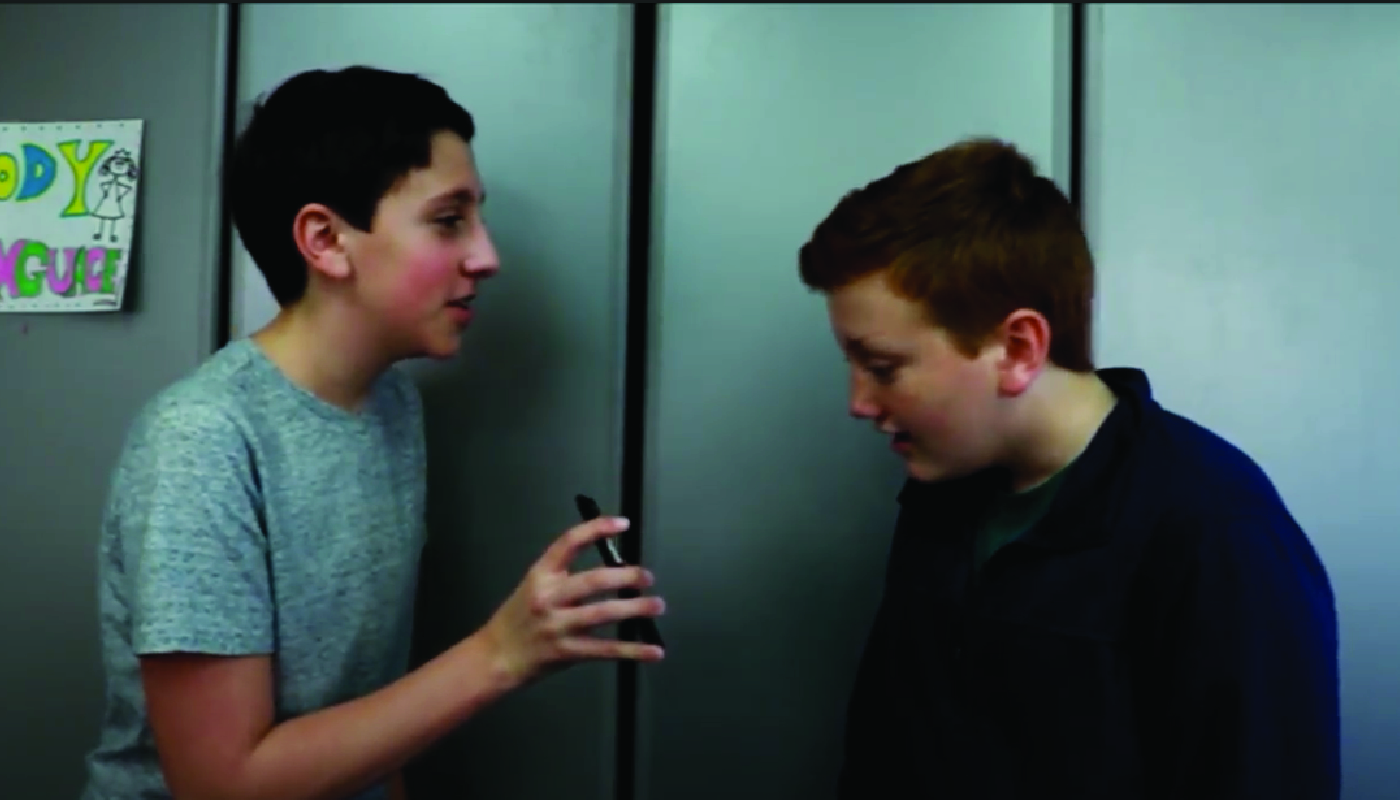
Introduction
Communication is a vital aspect of our daily lives, and being able to effectively engage in conversations with others is crucial. For students in special education, developing strong communication skills can be challenging, particularly when it comes to making eye contact. Visual referencing is a valuable technique that allows these students to tune in to their conversation partners without feeling discomfort. In this blog post, we’ll explore the concept of visual referencing, provide a no-prep activity, and discuss related skills for students.
No-Prep Activity: The Visual Referencing Game
This activity requires no preparation or materials from the educator and is designed to help students practice visual referencing in a fun and engaging way. Here’s how to play:
- Have students form a circle, with the educator standing in the center.
- The educator will choose a student and start a conversation with them.
- During the conversation, the student should practice visual referencing by facing their body towards the educator, looking in the direction of the speaker, and occasionally glancing at the educator without making direct eye contact.
- After about a minute, the educator will choose another student to converse with, and the process repeats.
- Rotate through all students, allowing each one to practice visual referencing during a conversation.
This activity helps students become more comfortable with using visual referencing in real-life situations, while also allowing them to observe their peers and learn from their techniques.
Discussion Questions
Use the following questions to stimulate further discussions about visual referencing and its importance in social-emotional learning:
- Why is visual referencing an important skill for students who may have difficulty with eye contact?
- How can visual referencing help improve communication skills and relationships with others?
- What are some other ways we can show others that we are listening and paying attention during a conversation?
- How can we support our peers who may struggle with eye contact or other aspects of communication?
- What are some challenges you have faced when trying to use visual referencing, and how have you overcome them?
Related Skills
In addition to visual referencing, there are other essential skills that students in special education can benefit from developing. Some of these include:
- Active listening: Focusing on the speaker and providing verbal and non-verbal feedback to show understanding.
- Body language: Using gestures, facial expressions, and posture to convey emotions and messages.
- Turn-taking: Understanding when it’s appropriate to speak and when to listen during a conversation.
- Empathy: Recognizing and understanding the feelings and perspectives of others.
- Assertiveness: Expressing thoughts and feelings clearly and respectfully, while also standing up for oneself when necessary.
Next Steps
Now that you’ve learned about the importance of visual referencing and engaged in a no-prep activity, it’s time to explore more ways to support your students’ social-emotional learning journey. To access free samples of skill-building materials and resources, visit Everyday Speech’s sample materials page. By incorporating visual referencing and other related skills into your curriculum, you’ll be promoting a more inclusive and supportive learning environment for all students.

